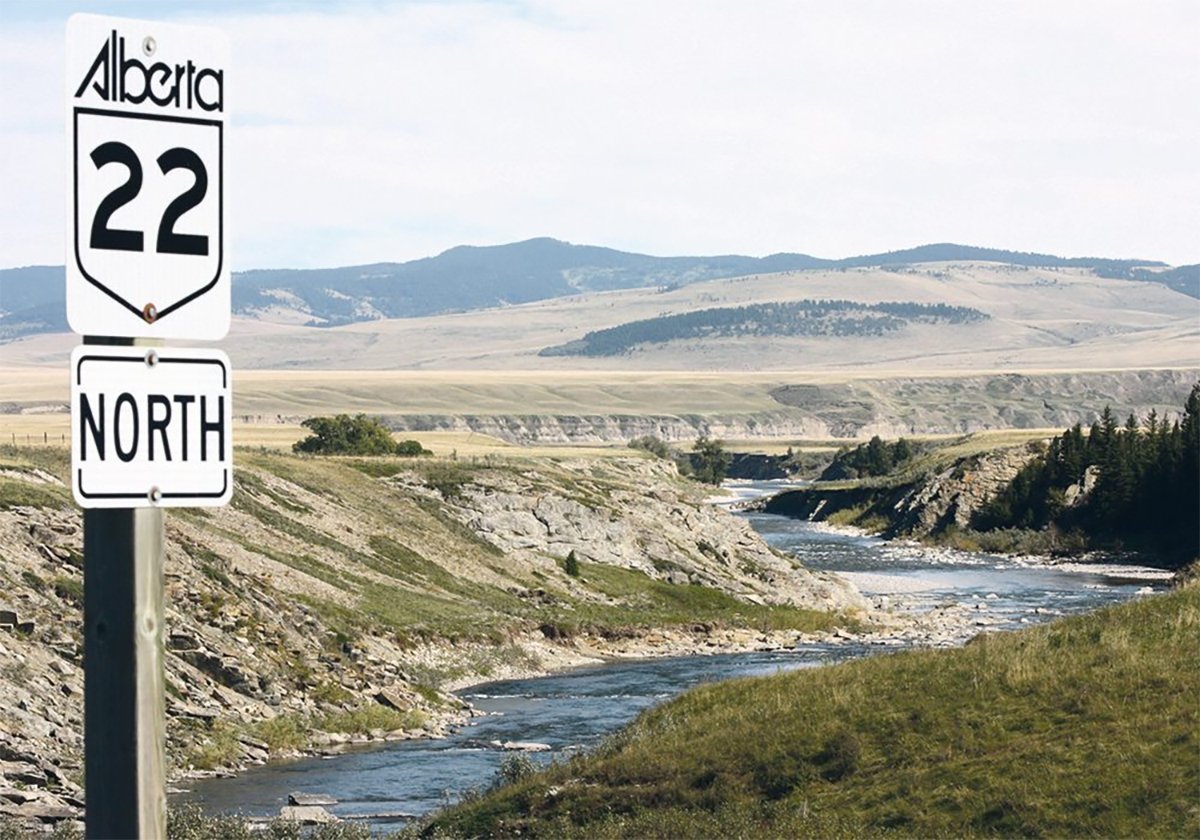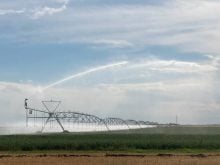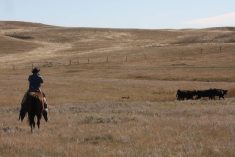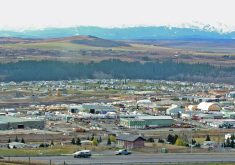A smaller version of the previously rejected Grassy Mountain coal mine project in Crowsnest Pass is back on the table, and the Livingstone Landowners Group continues to voice concerns about the environmental risks.
The Australian-owned Northback Holdings Corp. has announced it will be submitting a new revised mine proposal to the Alberta Energy Regulator.
The new proposal will shrink the mine’s footprint by approximately 40 per cent, according to a Globe and Mail article. It reduces the projected output of metallurgical coal that makes steel to 2.5 million tonnes a year, down from the original estimate of 4.5 million tonnes.
Read Also
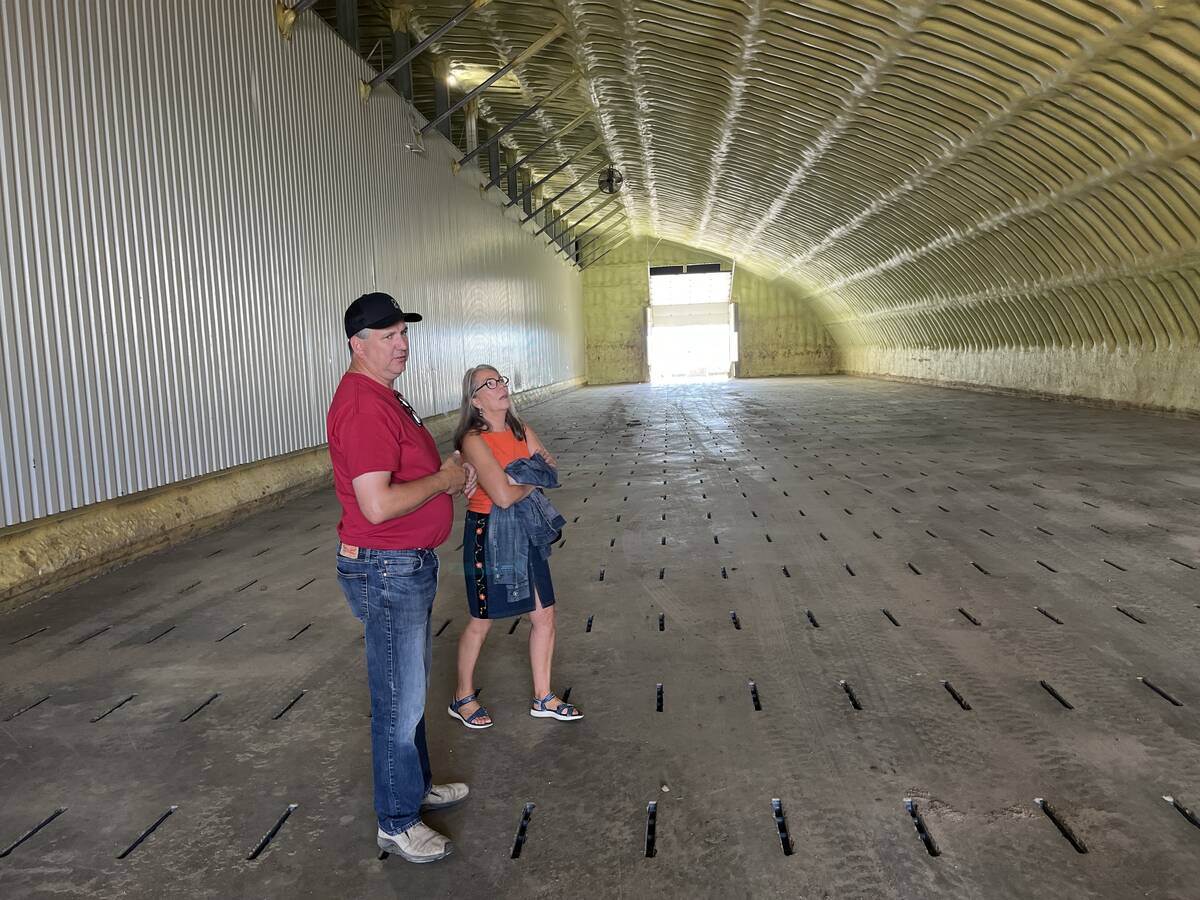
Potato farm requires year-round management
The most recent Open Farm Day in Alberta showcased agricultural producers across the province educating the general public about the process that is required is to get food to their table.
Waste material will no longer be dumped at nearby Gold Creek, and instead will be returned to the mine pit.
The plan also includes a new multi-tier water management strategy to try and avoid potential selenium contamination, which can cause serious health problems for humans and animals when water concentrations are high.
However, the Livingstone Landowners Group says hopes of keeping selenium out of the Oldman River is a pipe dream.
“The problem is, there is no way you can operate an open-pit mine without leaking selenium,” said Bill Trafford, president of Livingstone Landowners Group, which has approximately 200 members.
“Nobody’s been able to do it, and there’s no evidence you are able to do it because of the whole physical nature of it.”
He said an Alberta economic analysis paints a picture of a coal market still in decline since the Grassy Mountain project was first rejected in 2021.
The group says the coal produced by the proposed mine would be considered lower grade. Along with low royalties and shifting global demands for coal, this has convinced it that it is not worth the environmental and financial risks.
“The market for this low-quality coal is nowhere near what it is for high-quality coal,” Trafford said.
“It’s like how wheat is graded. You have your No.1 quality spring hard wheat versus feed wheat.”
He said metallurgical coal prices have fallen nearly 43 per cent since 2023, and international forecasts point to a prolonged period of weak demand.
“China was (previously) in their massive development stage. You see the pictures of Shanghai or Beijing and these massive high rises. They needed steel like crazy, they were in the market for iron ore, but also the main market for metallurgical coal, yeah. But China’s done with that now, and they’re moving on,” said Trafford.
” The other thing that’s changing it quite dramatically is the technology. Through an electric arc furnace, they make steel out of used steel, and more and more of that is being done. They also have what is called direct reduction that doesn’t need coal at all. China’s mandated that any new steel-making plants must use that new technology.”
Livingstone Landowners, along with other ranchers, conservation groups and surrounding municipalities, continue to echo the declining value of the project in comparison to the environmental risks and the impact on tourism, along with the mine’s long-term employment sustainability.
“Now you’ve got the situation where you’re asking Albertans to potentially take the risk of whatever leaks into the water from their mine. They are a limited-liability corporation. They do have to put into the mine reclamation fund, but that’s never been enough to cover the reclamation costs. So technically, they can shut down and walk away and Alberta would be holding the bag.”
Livingstone Landowners hopes the AER and Alberta government will commit to full public consultation of the latest proposal, steering away from the precedent set by Mine 14 (Summit Coal’s Project ), where the AER chief executive officer cancelled the October 2025 public hearing, despite the AER’S appointed hearing panel deeming it useful for the decision-making process.
Grassy Mountain was previously mined until the 1960s, leaving behind remnants of the coal industry in the area to the present day.
The Western Producer contacted Northback Holdings Corp. but was unable to get comment before its Oct. 2 press deadline.



